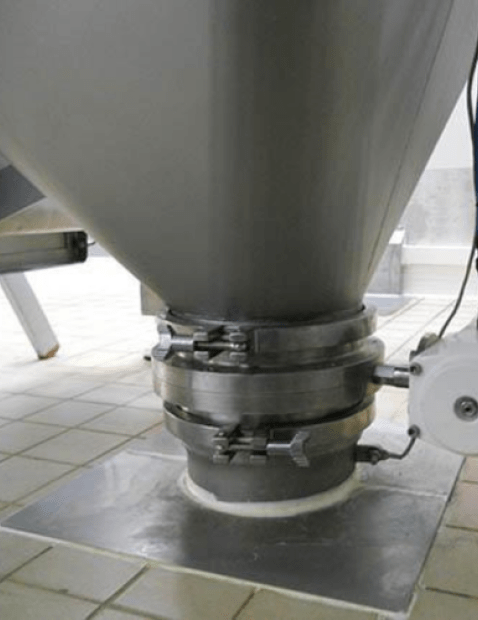The risks involved with handling chemicals is often due to the level of exposure and the use or distribution of one or more hazardous chemicals. These scenarios can occure in an industrial environment, particularly during handling, production, transport, treatment or even storage of certain materials. The consequences can be serious for the health of your operators (allergies, poisoning, burns, cancers, etc.), as well as general safety and the environment.
As an industrialist, it is important to comply with legal obligations and regulations by having knowledge of the existing chemical risks and established prevention procedures to avoid accidents. Here is a list of the majority of risks related to the storage of chemical products and solutions to prevent harmful incidents.
1. Chemical risks due to improper storage
Several elements play a role in the safe storage of chemical materials, including:
- The state of the stored products (solid, liquid)
- The nature of the stored products (flammable, volatile, toxic, mutually incompatible)
- The quantity of products stored
- The level of ventilation, heat, humidity and light exposure of the storage area
- Packaging materials
- Access to the storage room
If these parameters are not controlled then chemical risks may appear. Among the best known are:
- Health risks - such as chemical burns, poisoning, allergies, wounds, bruises - for personnel in contact with products that are not properly secured or can result in chemical leakage.
- Environmental pollution of air, water or soil resulting from accidental spills and/or damage to packaging
- Explosions which are linked to the flammable nature of certain products, and fires which result from the very presence of certain products
- Property damage

Are you looking for a storage facility for your
chemicals? I am available to discuss the subject.
Benjamin, powder expert
2. Preventive measures to apply
Product identification
- It is essential to be in possession of the Safety Data Sheet (SDS) of the product provided by your supplier.
- Proper product labeling is also important (precautions for use, storage)
About the storage location
The storage location must be clearly identified via signage and safety instructions at the entrance.
Ideally, this should be an outside location or cabinet separated from work areas with good ventilation, secure access and strong but easy-to-reach shelves for staff. The room must be designed to allow for quick evacuation in the event of an accident.
Chemical products should not be stored in frequented and/or unsuitable areas such as stairwells, corridors, checkpoints, toilets, construction site shelters, commercial premises, under sinks, on benches, etc. Only a limited quantity of product should be stored at workstations. “Buffer” storage places can also be considered in order to guarantee continuous production.
Instruments and systems to prevent and fight against fires (extinguishers, smoke extraction system, sprinklers, etc.) and accidental spills (retentions, absorbent products, etc.) must be put in place within the room dedicated to the storage of chemical products.
Regarding product compatibility
- Group products of the same nature based on their labeling
- Physically separate incompatible products that may generate projections, explosions, fires or harmful gas emissions (example: acids and bases)
- Separate solid and liquid chemicals from gases
- Apply a specific process for flammable products (separate storage)
- Store certain products that can react violently with water so that it has no contact with it, even in the event of flooding.
Regarding the storage of products
Careful storage of the various products will prevent any fall or dangerous reaction. In particular, this may involve:
- Do not store large bottles higher then necessary
- Do not store corrosive chemicals above eye level
- Do not store chemicals directly on the ground without a suitable retention tank
- Store liquids below solids
- Avoid excessive clutter
Prevent, train and protect staff
It is essential to train and inform employees about the chemical risks involved and the means to protect themselves against them. When handling or transferring a hazardous product, wearing personal protective equipment (PPE) is mandatory: gloves, goggles, masks, etc. Also, appropriate means of treatment in the immediate vicinity must be made available: safety shower, eyewash station, etc.
Regarding air ventilation
A ventilation system (ideally mechanical or natural) and adequate air conditioning must be provided in the dedicated room depending on the nature of the products stored.
Regarding the storage period
- Respect product expiration dates
- Have a disposal procedure for expired or waste products
For more information on chemical risks, consult the official websites on national regulations.
Contact one of our powder experts regarding the specifics of your products and the most suitable means of storage.




















